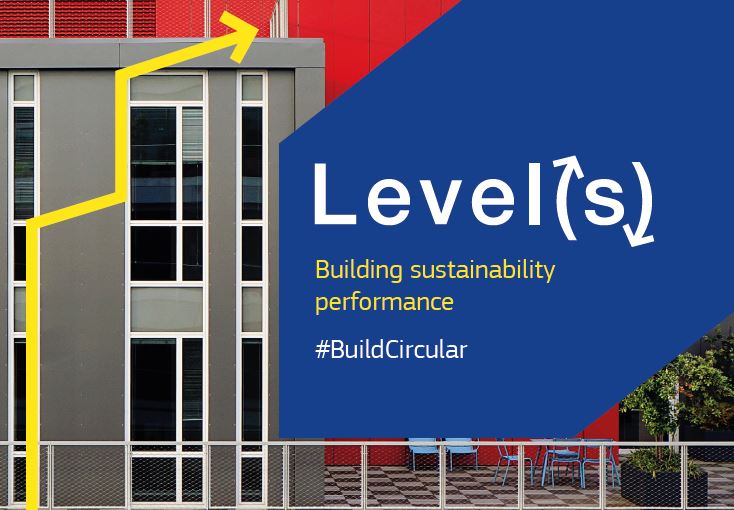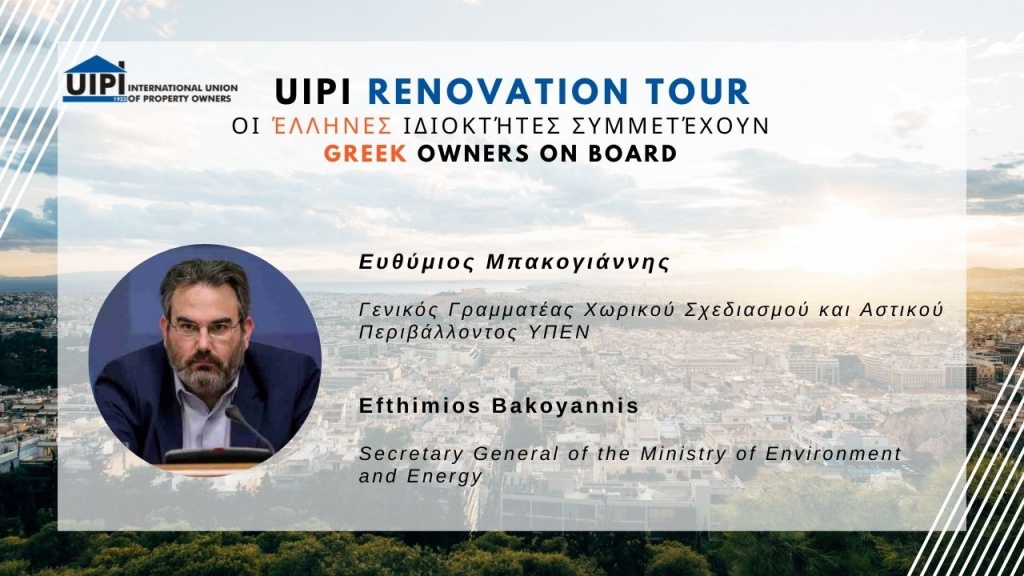In July, the European Commission together with Skanska, Saint-Gobain, Sustainable Building Alliance and Green Building Councils presented a voluntary reporting framework to improve the sustainability of buildings.
The idea of having a common EU approach to the assessment of the environmental performance of buildings dates back to 2013 when Commission launched a public consultation on sustainable buildings. The results of the consultations showed that there is a high awareness about the importance of sustainable buildings, durability of construction materials and responsible use of energy. The existing lack of accurate and comparable data and still using different terminology and policies between Member States showed that there is a need to find a common language when it comes to assessing energy performance of buildings. Level(s) is aimed for building developers and investors, design teams (architects, engineers, quantity surveyors), construction companies and contractors, facilities and asset managers and building occupants (households or organisations).

Level(s) represents a combination of crucial indicators to assess the environmental performance of the buildings.
The two years testing period starts in autumn 2017 and is open to companies, associations and public authorities. The participants can choose between testing whole Level(s) framework or only parts of it at different stages of building’s life cycle. The creators welcome any feedback from the participants after using this new tool since this information will be used to improve it. Afterwards, final version of Level(s) will be launched on the entire market. If you would like to participate in testing you can register here. It is expected that this circular economy tool would be broadly used by European building sector professionals. A wide range of indicators enables the users to perform complex assessment calculations. Each indicator links individual buildings’ impact with the priorities for circular economy at the European level such as: greenhouse gas emissions throughout the building’s life cycle, resource efficient and circular material life cycles, efficient use of water resources, healthy and comfortable spaces, adaptation and resilience to climate change, and whole building life cycle cost and value. The entry point to Level(s) is through the common performance metrics: common units of measurement and basic calculation methodologies. In addition, the users can also compare the environmental performance of buildings by using the option comparative performance assessment. The ones working in minimizing gap between design and environmental performance can use the option design performance optimization. They can report on the indicators at different project stages: design stage (based on calculations), completion stage (based on as-built drawings), post-completion (based on commissioning and testing), and post-occupancy (based on measured performance).
More information about Level(s) you can find in the flyer and the factsheet.



